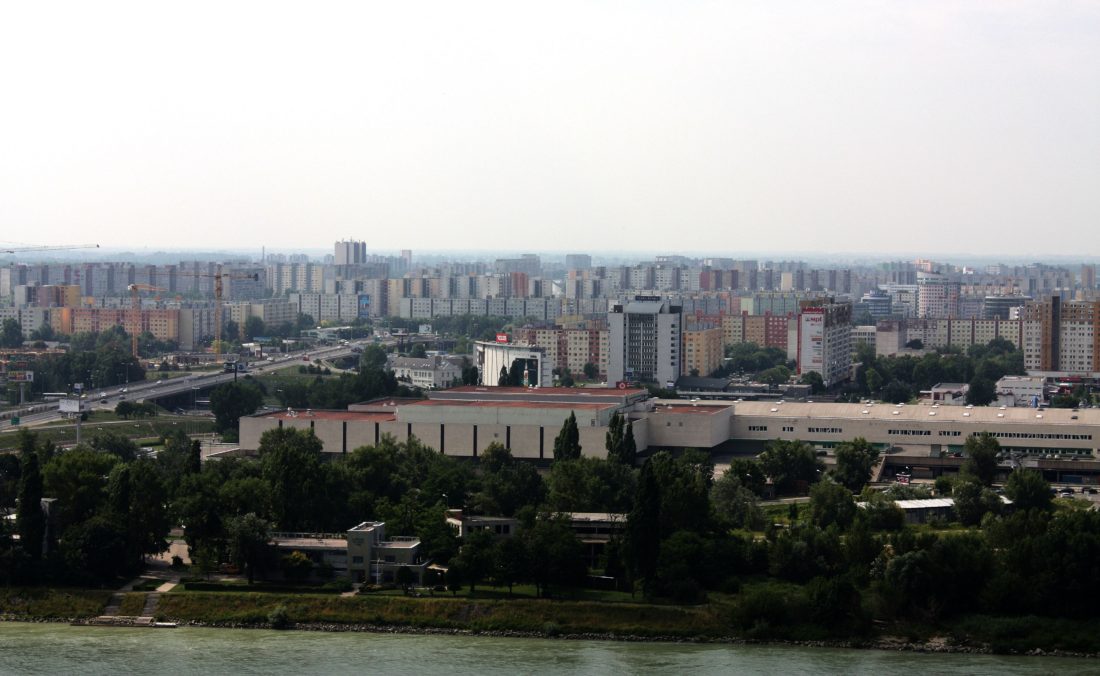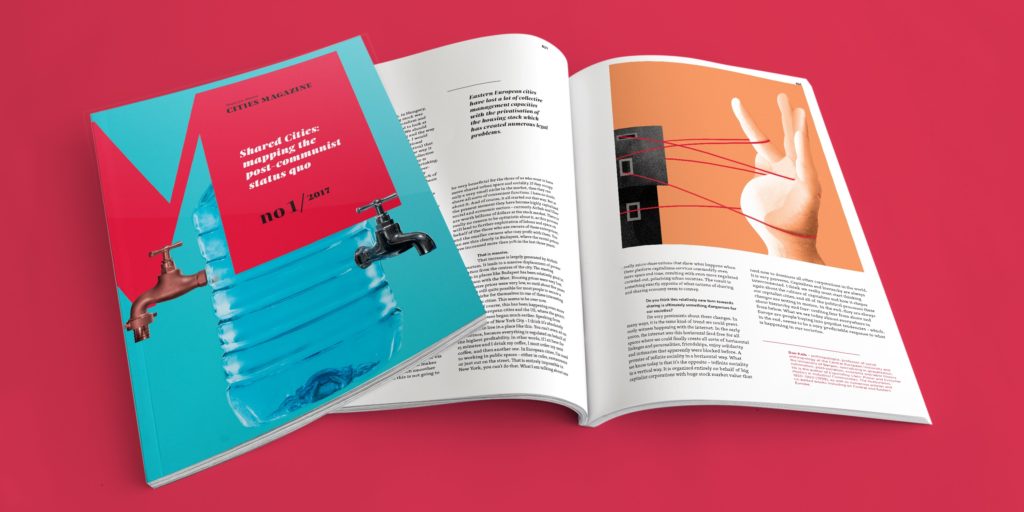
Shared Layers of History – Urban Phenomena of Post-Communist Cities #3
After the fall of communism, we had to learn how to shop and sell, how to build and how to lead an everyday life in a completely new realm. It does not matter if we are in Belgrade, Warsaw, Berlin or Bratislava – our cities are layered with history and scarred with the changes
One cannot understand the post-communist attitude towards sharing without knowing the twisted history and numerous transformations involved in the perspective. Presented here is our selection of socio-urban phenomena that helps explain – and hopefully offers a more detailed picture of – today’s public spaces.
THE BRONX OF BRATISLAVA
In one of the youngest capitals in Europe and on the opposite side of the Danube from Bratislava’s Old Town, lies Petržalka – the most densely populated residential district in Central Europe (4085 people per km2), and one of the two biggest housing estates in the EU. This enormous housing project is now home to 150,000 people or one-third of the city’s population, all living in these sprawling concrete blocks of flats, the so-called panelaky.
Built mostly in the 1970s as a separate urban district, Petržalka was supposed to be primarily a residential area; therefore, it has no clearly defined centre. With the fall of communism began a careful restoration of the long-neglected structures in Bratislava, yet Petržalka was somehow forgotten in this process. In the 1990s, new kinds of architecture were added to the district, and random office buildings, shopping malls and additional residential buildings were stuck between the panelaky.
The inhabitants of Petržalka usually do not take care about their space, because to whom does this space belong to? It is a no-man’s land, abandoned by the new democratic state though not yet taken over by the inhabitants. Although people started gradually buying the flats from the city and their attitude toward the property has improved, it is still a very visible example of the lack of responsibility for the public space, a situation so common in post-communist cities.
This relation with the public-private property is noted in a short documentary “Petržalka Identity” by Juraj Chlpík (2010, 24’), a continuation of an exhibition and an album of 36 portraits of Petrzalka inhabitants. In it, one of the residents says, “Well, there is quite a lot of dirt because it is anonymous there, nobody cares. Papers are flying around and it’s messy all around the houses.”
This article was published in Magazyn Miasta / Cities Magazine # 1/17 – our special international issue released as a part of Shared Cities: Creative Momentum (SCCM) project. You can read more about the project here. You can download PDF version of the issue for free here.

Main photo: J. Gobbi, Flickr CC-BY-2.0

